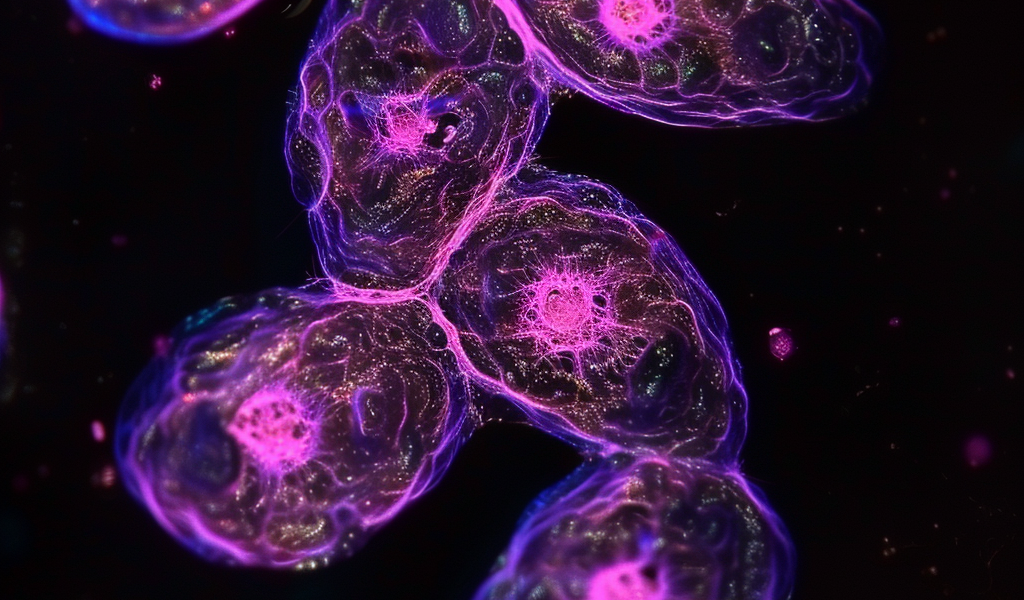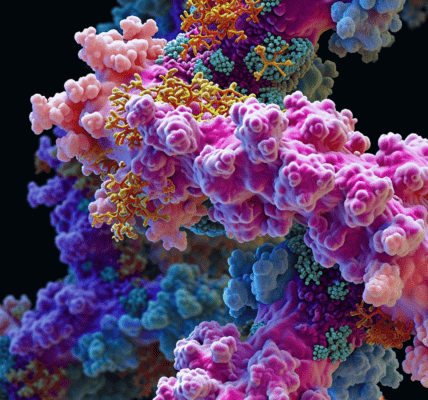Study in Nature Reveals Genetic Determinants of Micronucleus Formation and Implications for Human Disease
A recent study published in Nature has shed light on the genetic determinants of micronucleus formation in vivo, uncovering crucial insights into genomic instability and its implications for various diseases.
The research, led by D. J. Adams, B. Barlas, R. E. McIntyre, and their team, delved into the mechanisms underlying the sequestration of DNA in aberrant extranuclear structures known as micronuclei (MN). These structures are associated with genomic instability, aging, and diseases linked to DNA damage and mitotic chromosomal imbalances.
The study involved the analysis of 997 mouse mutant lines, leading to the identification of 145 genes that play a significant role in either increasing or decreasing MN formation. Notably, many of these genes have orthologues associated with human diseases, highlighting the potential clinical relevance of the findings.
One of the key discoveries was the identification of Dscc1 as a gene whose loss significantly increases MN formation. Mice null for Dscc1 exhibited a range of phenotypes characteristic of patients with cohesinopathy disorders, emphasizing the clinical implications of the research.
Furthermore, the team validated the DSCC1-associated MN instability phenotype in human cells, leveraging genome-wide CRISPR-Cas9 screening to define synthetic lethal and synthetic rescue interactors. The study uncovered that the loss of SIRT1 can rescue phenotypes associated with DSCC1 loss, offering insights into potential therapeutic avenues for addressing genomic instability.
These findings not only advance our understanding of the mechanisms involved in maintaining genomic stability but also provide valuable insights into the relevance of this information to human disease biology. The study’s implications extend to disorders such as cancer, inflammatory-associated diseases, and aging, where genomic instability and the accumulation of extranuclear MN are prominent features.





